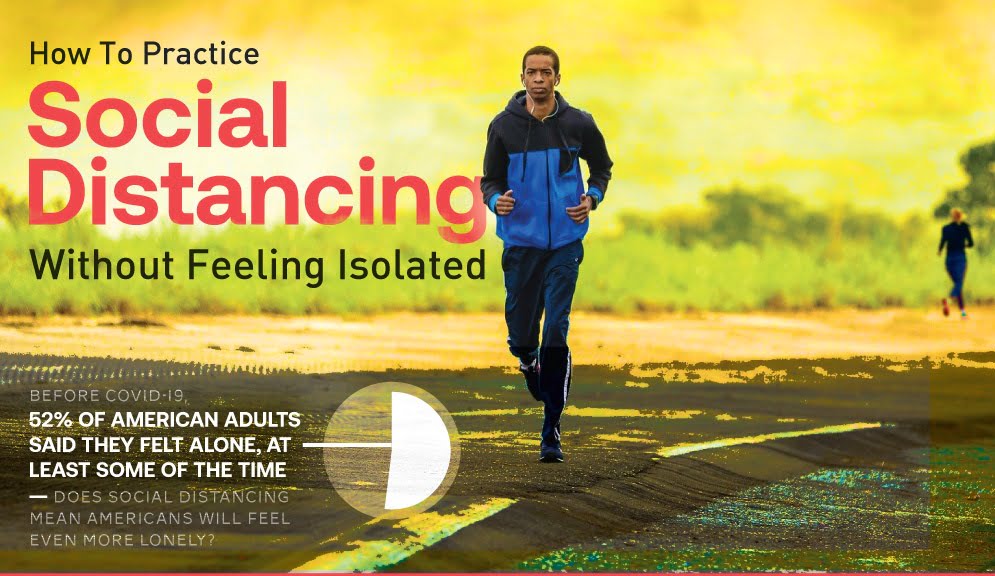Social distancing is impacting many things in our daily lives. Many say that it is causing people to become more lonely – but even before this epidemic nearly half of all adult Americans felt lonely some or all the time. Feeling left out, not sharing the same interests as others, feeling they aren’t known, and saying they don’t have friends are all types of loneliness that have gone up from 2018 to 2019. As of 2019, the younger generations, Gen Z and Millennials, are feeling lonelier than the older ones – but the older generations are still feeling lonely.
Remote work may be to blame for this spike of loneliness in the more recent years. Remote workers, as compared to traditional workers, are more prone to loneliness – more than half of remote workers isolated and feel that they are lacking friendships. Traditional workers are also feeling lonely – 47% feel isolated and 46% lack friendships. Workers in K-12 education are some of the least likely to be lonely – but with schools closing around the country, that may be subject to change.
Social distancing has been proven to work effectively against the spread of disease. Social distancing includes staying 6 feet away from others, working at home, and avoiding unnecessary travel. Social isolation can stem from social distancing but it isn’t the same and can do a lot of harm on the body. Social interaction is an integral part of human health – without it one may have a higher risk of high blood pressure, heart disease, obesity, depression, and cognitive decline. So making sure you’re in contact with your friends and coworkers can help fend off loneliness and they are many ways that you can set up plans with your friends to stay entertained.
Learn more about tech and tips to keep you fighting loneliness and staying your best self while social distancing here:


